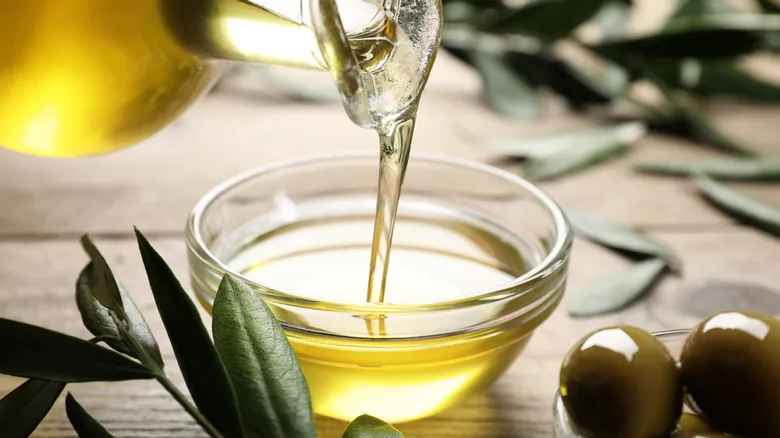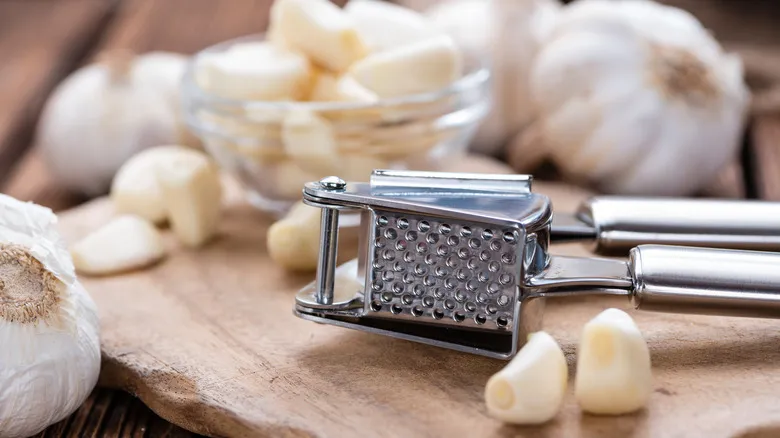Why blended oils work

Cooking oils differ in terms of price, taste, and smoke point (the temperature at which oil begins to smoke and degrade). Affordable oils with high smoke points are ideal for frying and deep frying, while specialty oils with unique flavors are best suited for specific recipes or cold applications, such as salad dressings, dips, or drizzles. Understanding smoke points is crucial: when mixing oils, it's important to keep your intended use in mind. For instance, if you're preparing French fries, you should avoid using low smoke point oils like flaxseed, which can burn at much lower temperatures than oils like corn oil.
Whether you're looking to stretch your more expensive oils or enhance flavor, it's best to start with a neutral oil. Chef and television personality Bobby Flay often opts for canola oil for most cooking tasks due to its high smoke point and neutral taste, especially when compared to olive oil. It's also important to note that many vegetable oils are blends derived from various seeds, nuts, grains, and fruits.
Incorporating even a small amount of an oil (or butter) with strong, distinctive flavors can significantly alter the overall taste of the base oil. For example, just a pump of almond syrup can transform the flavor of a latte. Additionally, mixing a pricier oil with canola oil not only extends the life of the more expensive oil but also makes sautéing easier due to canola's high smoke point, which helps prevent overheating of the lower smoke point oil.
How to blend cooking oils

Here, experimentation is highly encouraged. Familiarize yourself with oils that have high smoke points, neutral flavors, and are budget-friendly. These should serve as your base. When blending oils, you can either mix them together in a bowl before cooking or start with the neutral oil and finish with a more flavorful specialty oil. While measurements can vary, a general ratio of four parts neutral oil to one part flavorful oil tends to work well. You can also find pre-mixed vegetable and olive oils, such as those offered by Chef's Quality.
A common blended oil consists of a small amount of olive oil combined with vegetable or canola oil. Many restaurants use this method to cut costs while still delivering much of the flavor associated with high-quality extra virgin olive oil at a lower price. Although there are specific instances where vegetable or olive oil is preferable, blending them in baked goods like cakes or breads can add new flavor profiles. Additionally, if high-quality olive oil is too intense for certain salads, mixing it with canola oil can create a milder dressing.
Sesame oil, which is widely used in various Asian cuisines, is a rich oil with a pronounced nutty flavor. For stir-fries or sautéed meats, start with vegetable oil and add a splash of sesame oil at the end to enhance the dish without overpowering it. If you're using an oil spray to minimize calories or waste, cook mushrooms and steak bites in the mild spray, then finish with a touch of butter or olive oil for added richness.
Recommended

Why Garlic Presses Are Actually One Of The Worst Ways To Mince Garlic

How To Make Simple Syrup For Cocktails (Plus 3 Tasty Upgrades)

Julia Child's Beurre Blanc Is The Restaurant-Style Sauce You Can Make Any Night Of The Week

Why You Should Keep Your Flour In The Freezer
Next up





